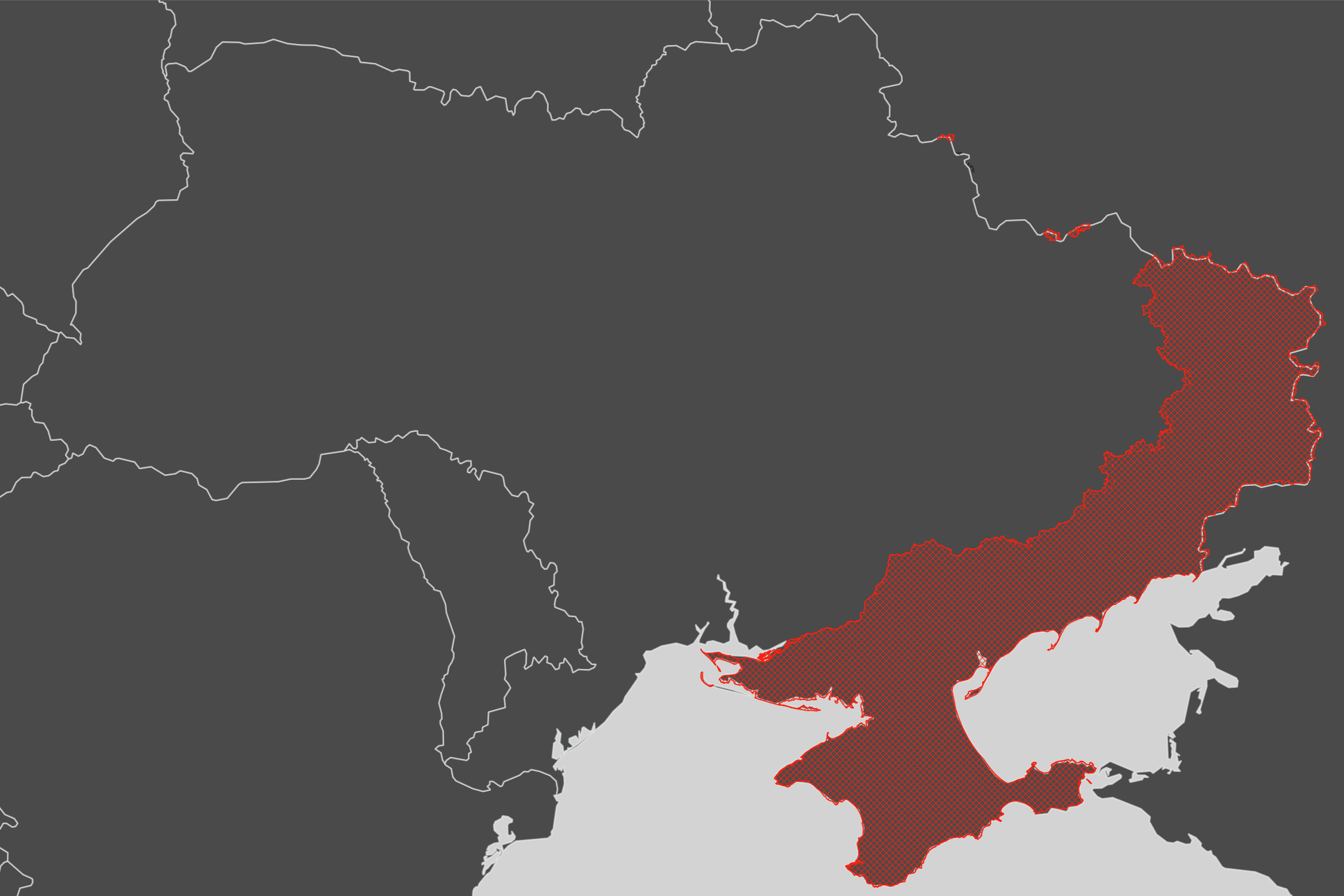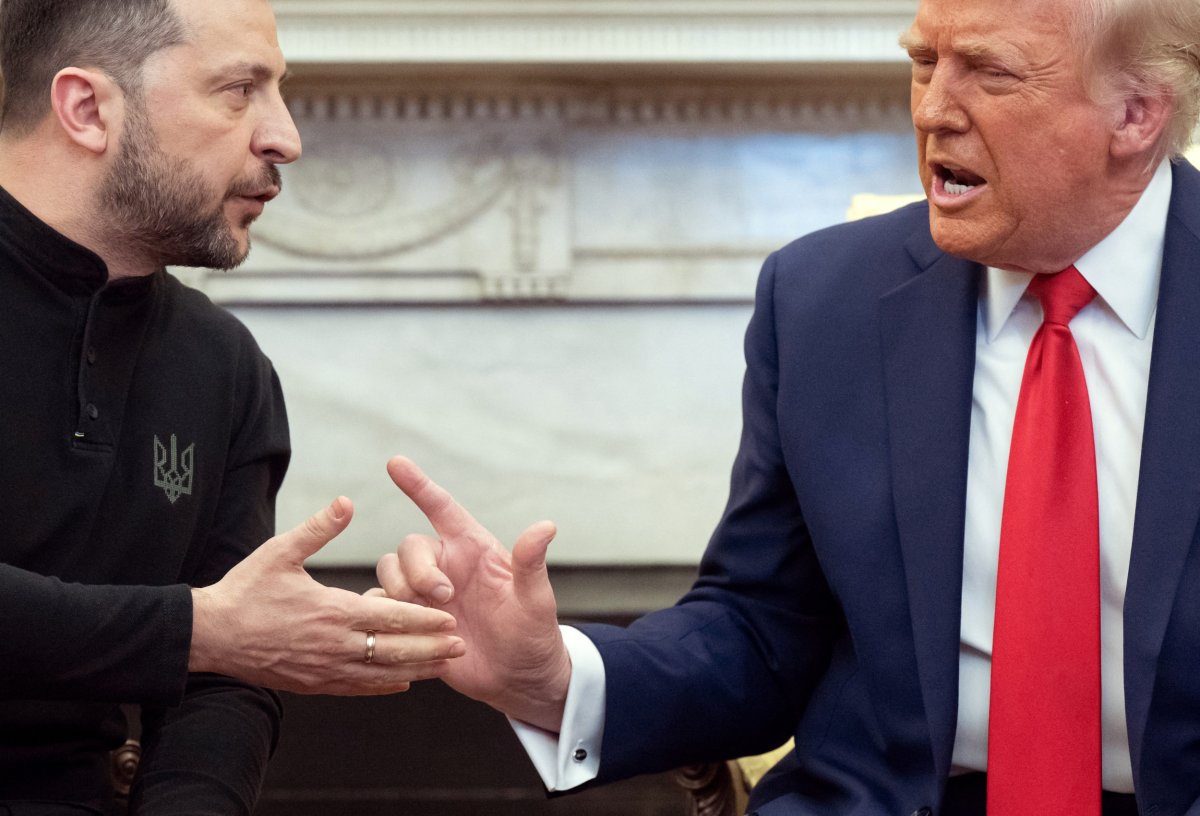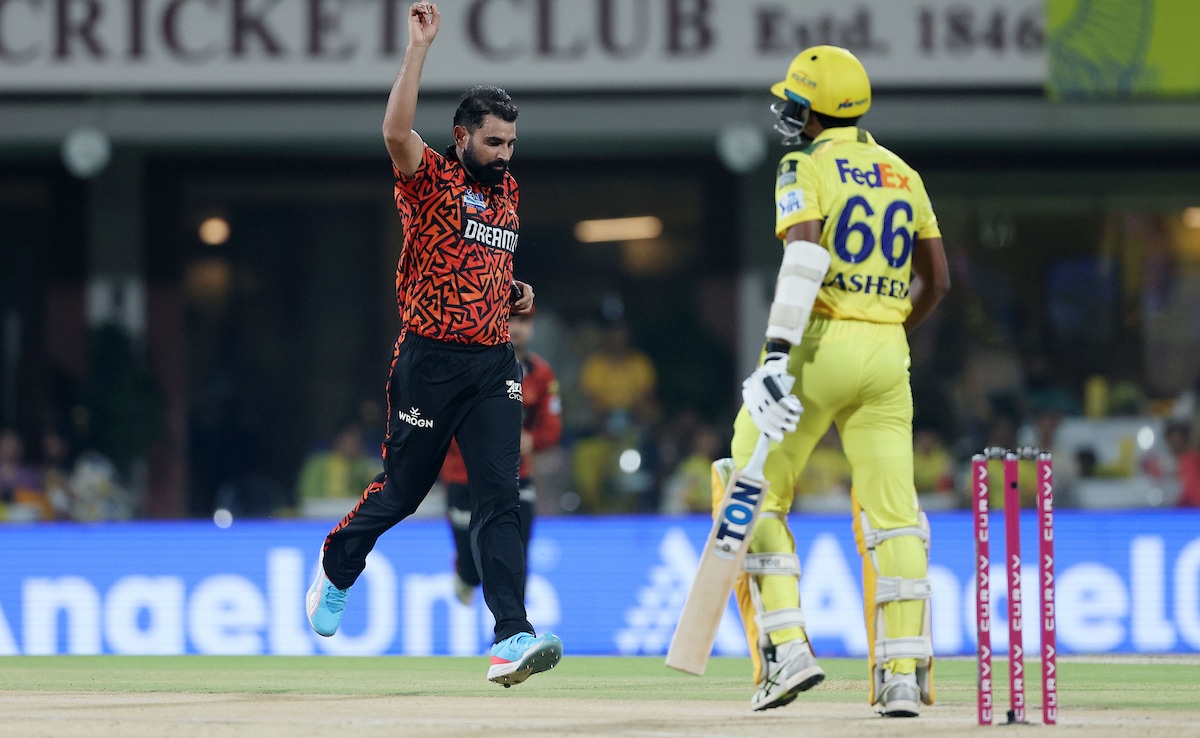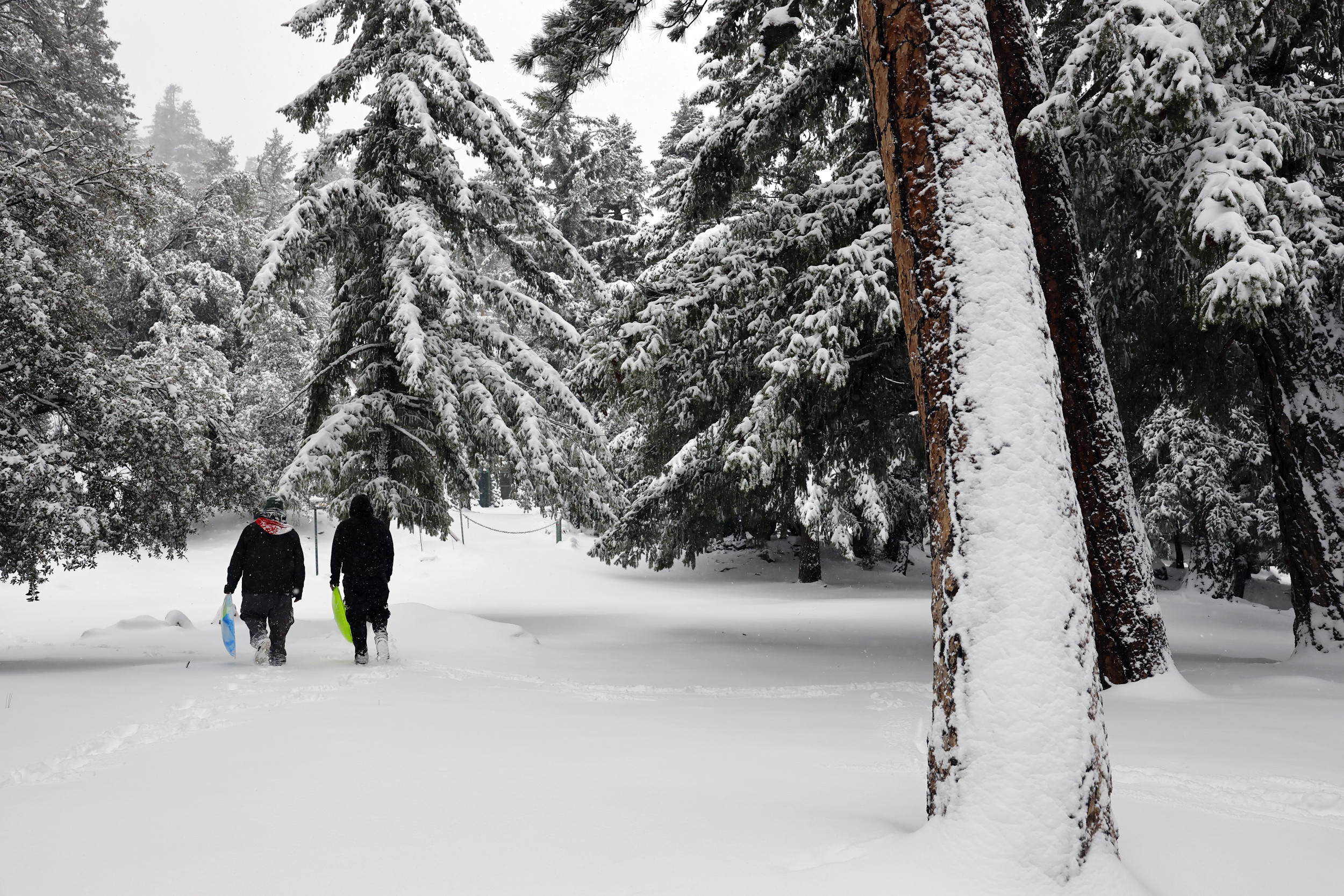
The peace deal put forward by President Donald Trump‘s administration seeks to change the status of Crimea and “freeze the territorial frontlines” in Ukraine as a Newsweek map outlines the contentious proposal.
The specifics of Trump’s plan remain unclear, but Vice President JD Vance‘s comments about freezing the territorial lines raise the prospect of changing the status of a considerable part of Ukraine.
Ukrainian President Volodymyr Zelensky has said his country’s constitution makes clear that Crimea, which Russian President Vladimir Putin illegally annexed in 2014, is part of Ukraine. But Trump responded by criticizing Zelensky, saying he was making it difficult to end the war, which began with the Russian invasion on February 24, 2022.
Newsweek has contacted the White House for comment.
Why It Matters
Talks to end the war in Ukraine are stalled, as Trump becomes increasingly frustrated and blames Zelensky for failing to accept a U.S. peace plan. However, the proposal for Crimea to be accepted as de jure part of Russia and Vance’s comments add to concerns that any deal will overwhelmingly favor Putin and leave Ukraine vulnerable to a future attack.
What To Know
The Trump administration has warned it would walk away if Moscow and Kyiv did not reach an accord soon. After weeks of separate negotiations with Russian and Ukrainian sides, the U.S. offered a deal, seemingly agreed to by Moscow, that Kyiv has rejected.
There are many aspects, including Ukraine not joining NATO and an easing of sanctions on Russia. Central to the territorial dimension of the war is the push for Crimea to be accepted as controlled by Russia.
But Zelensky said Ukraine will not legally recognize Crimea’s occupation, prompting a stern response from Trump that the Ukrainian leader was getting in the way of a peace deal.
Trump’s comments that Ukraine wasn’t being asked to recognize Crimea as Russian suggests that the U.S. is open to a measure that would not require a change to the Ukrainian constitution, although Russia may not accept it.

SAUL LOEB/Getty Images
Meanwhile, Vance who has said that both sides would have to give up some territory they control to usher in peace, said the U.S. made a very clear offer which they must respond to, suggesting there would be a freezing along the current lines.
But this would be a bigger price for Ukraine to pay as Kyiv wants to regain all territory in the east and south of Ukraine seized by Russia since 2014, including Crimea, and after the launch of the 2022 invasion.
Russia claims to have annexed four other Ukrainian regions—Donetsk, Luhansk, Kherson and Zaporizhzhia—even though it does not fully control them.
Yuriy Boyechko, CEO and founder of Hope for Ukraine, a group that provides aid to people near the frontline, told Newsweek that 1 million Ukrainians live in the areas that being proposed to have a de facto Russian status, forcing those who do not want to live under Russian rule to self-deport.
Olga Oliker, program director, Europe and Central Asia at International Crisis Group, told Newsweek that the deal Russia and the U.S. appear to have agreed to, which is for a ceasefire and not a final agreement, could stop Russia from trying to seize more territory. This has happened since 2014 in previous pauses before the 2022 invasion.
But by definition, a ceasefire would mean both sides would control territory at the time it goes into effect with maybe some future swaps to ensure defensibility, she added.
Kremlin spokesman Dmitry Peskov said Wednesday that Russia’s requirement for cessation of hostilities is for Ukraine to leave all of its territory that Russia claims.
“It’s not clear the deal commits anybody to that,” Oliker said. “Of course, if the Ukrainians reject it, they’re not committed to anything at all.”
What People Are Saying
U.S. Vice President JD Vance: “The current lines, somewhere close to them is where you’re ultimately…going to draw the new lines in the conflict.”
Yuriy Boyechko, CEO and founder of Hope for Ukraine: “Ukrainians who don’t want to live under Russian rule must self-deport and clear the way for Russians to take over their homes, businesses.”
What Happens Next
Anticipation continues to build over whether talks that Trump envoy Steve Witkoff is scheduled to have with Putin on Friday will yield any progress, and whether the Trump administration will follow through on its threat to walk away if no deal can be struck.




